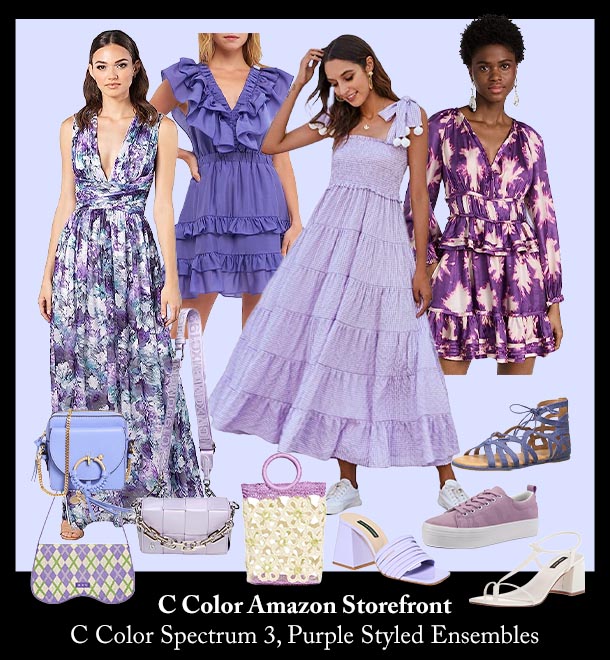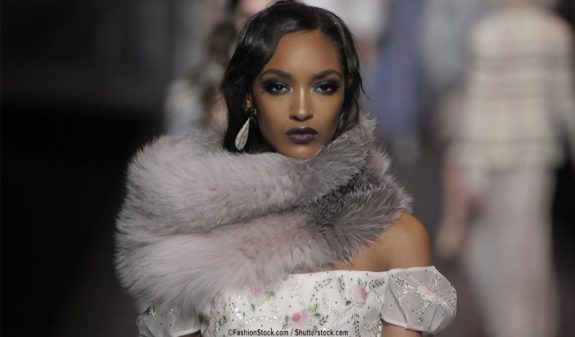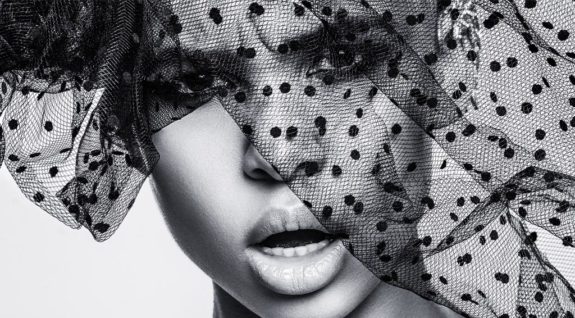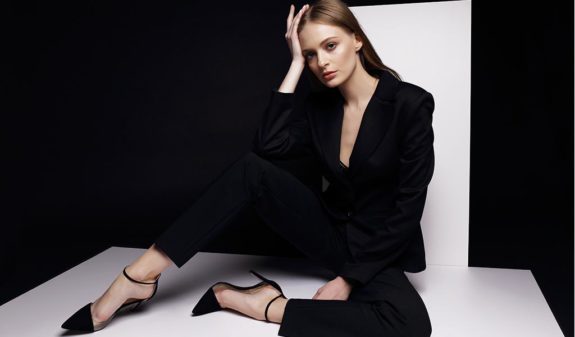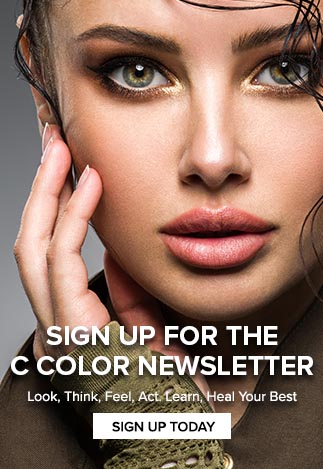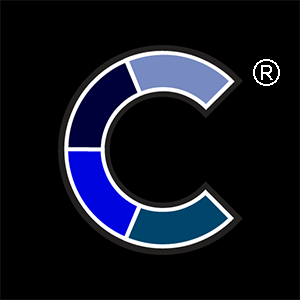
With 16.7 million colors in the world, how can you possibly distinguish the exemplary colors for yourself and your surroundings?
The Seasonal Color Analysis theory, stemming from the external features of individuals, is reviewed and evaluated to ascertain whether or not the premise is accurate and if the protocols are effective.
The C Color® Ideology and Methodology, predicated upon an internal color gene within the DNA of individuals, are also addressed.
C Color Teaches You To Look Inside For Color
What Is A Seasonal Color Analysis?
The Seasonal Color Analysis theory involves assigning each person a season of colors hinging on their external features. There are two approaches to this system: the 4 Season Color Analysis and the 12 Season Color Analysis. Both approaches share the same foundation of utilizing features to identify individuals colors, albeit the 12 Season Color Analysis notion has more categories.
4 Season Color Analysis
As mentioned above, the 4 Seasonal Color Analysis system is dependent upon the evaluation of hair, eye, and complexion colors. Each client is assigned to a Winter, Summer, Spring, or Autumn season category. At the end of the consultation, a palette of colors is presented to the client.
4 Season Color Analysis Method
Two categories that are within the 4 Season Color Analysis system are Cool Type and Warm Type. The determinants of the Type of a person are makeup foundation colors and silver and gold fabrics. The Cool Type consists of pink makeup foundation colors and silver fabrics, and the Warm Type consists of yellow makeup foundation colors and gold fabrics.
Two additional categories that are within the 4 Season Color analysis system are Dark Type and Light Type. Cool skin undertones equate to Summer: light eyes and light hair, and Winter: dark eyes and dark hair. Warm skin undertones equate to Spring: light eyes and light hair, and Autumn: dark eyes and dark hair.
12 Season Color Analysis
The 12 Season Color analysis system includes hues, tints, and shades to create three variations of each of the four seasons.
12 Season Color Analysis Method
The dominant characteristic or most notable external feature of a client and the colors that appear the best on the client are categorized into the groupings of Cool, Warm, Light, Dark, Deep, Clear, and Muted.
Established from the combinations of the above groupings, a client is assigned to one of the 12 Season Color Categories: Summer; light, soft, cool; Winter; deep, clear, cool; Spring; light, clear, warm; and Autumn; deep, soft, warm.
Are Seasonal Color Analyses Effective?
Seasonal Color Analyses rely on subjective consultant evaluations that vary widely. While one consultant may assign a client to the Autumn season category, another might deem a client to be in the Spring season category.
The Seasonal Color Analysis method is difficult to comprehend and follow, as the conclusions are inconclusive, inconsistent, and restrictive.
The following words that comprise the Season Color Analysis categories are subjective adjectives, as all colors can be cool, warm, light, dark, deep, clear, and muted.
C Color teaches that all colors can have deep, soft, light, clear, cool, or warm characteristics.
People also often confuse the temperatures, saturations, and predominant bases of colors. Color analysts, makeup artists, stylists, designers, and most other industry professionals categorize blues, greens, and purples as cool colors and reds, yellows, and oranges as warm colors; nevertheless, all colors can be cool or warm.
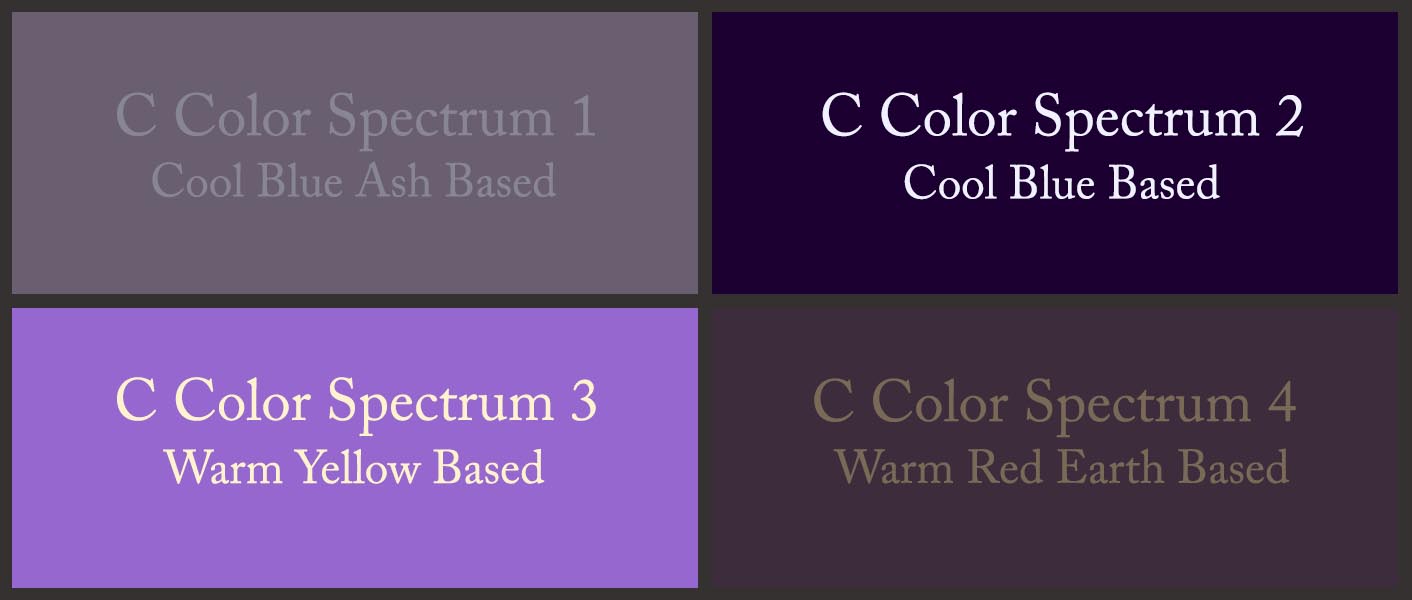
The above color quadrant displays a Cool Blue Ash Based purple color, a Cool Blue Based purple color, a Warm Yellow Based violet color, and a Warm Red Earth Based purple color, as examples to further distinguish the four C Color Spectrums. Each C Color Spectrum® contains millions of every color.
The Seasonal Color Analysis system does not only evaluate features that contain a multitude of colors: hair colors, eye colors, and complexion colors, but also features that change with maturity and can be altered by hair dyes, contacts, tanning creams, and the sun.
By not accounting for an individual’s inherent color inclinations and the 16.7 million colors in the world, the Seasonal Analysis theories are flawed, notwithstanding the fact that external features have multiple colors and can change.
Along with the above facts, a typical seasonal color palette contains a limited number of colors and many of these colors are incorrectly labeled.
As stated above, the 12 Season Color Analysis system includes hues, tints, and shades to create three variations of each of the four seasons, although hues are another word for color, tints are a mixture of color with white, and shades are a mixture of color with black.
A tone is a mixture of pure colors and gray colors. The color of gray is created with equal amounts of white and black. Adding grays to colors creates colors that have less luster and are less saturated. C Color Spectrum 1 colors are Cool, Blue Ash Based and Less Saturated and can be considered tone colors .
The Seasonal Color Analysis theory and protocols are neither logical nor linear, thereby making them impossible to follow, and those are two of the reasons that C Color® was founded.
The two other reasons were that the Founder of C Color® began noticing the temperatures, saturations, and predominant base of colors, and realized that individuals intuitively know the fitting colors for themselves and their surroundings but do not consciously choose the fitting colors.
DNA VS Seasonal Color Theory
There has been no innovation since the externally implied seasonal color analysis theory and scheme were popularized in the 1970s, with the exception of the C Color Ideology and Methodology. The C Color technology is accurate as it is based upon intuitive inclinations.
The C Color App is the only “Internal” Personal Color Analysis application on the market, and the only gene/DNA-based color Ideology and Methodology.
There Are Only Two Color Analysis Theories:
- Internal Based Ideology: Criteria/DNA, Color Intelligence
- External Features Theory: Criteria/Hair, Eye, Complexion Colors
External features such as hair, eye, or complexion colors are irrelevant because these features contain numerous colors. It is not possible to distill a myriad of colors into only one hue.

Finding an accurate color analysis system is of the utmost importance. C Color® is the first and only company to quantify intuitive color inclinations. Quantifying color proclivities is the specialty of our lifestyle technology company.
The C Color Ideology and Methodology will support you in living life in your unparalleled color environment.
A New Approach To Color Analysis
As mentioned the C Color® Ideology differs from traditional color theories as it relies on your genetic, DNA predicated color partialities. You are born with innate predispositions toward colors; consequently, you embody the virtue of color intelligence.

The four C Color Spectrums® consist of millions of colors and each are distinguished by the temperatures, saturations, and predominant bases of one of the primary colors of either blue, yellow or red. Each individual is either a C Color Spectrum 1, C Color Spectrum 2, C Color Spectrum 3, or C Color Spectrum 4.
Wearing and utilizing colors within your C Color Spectrum® can enhance your appearance, can enable you to think more clearly, can produce feelings of well-being, can motivate you to act your best, can assist you in absorbing new concepts more readily and distinctly, and can aid you in healing.
Below is an example of a model in both C Color Spectrum 1, which is predominantly Cool Blue Ash Based, and C Color Spectrum 3, which is predominantly Warm Yellow Based.
Distinctively, when the model is clad in C Color Spectrum 3 colors, she has a flawless and glowing complexion, as the model, in reality, is within the C Color Spectrum 3 category.
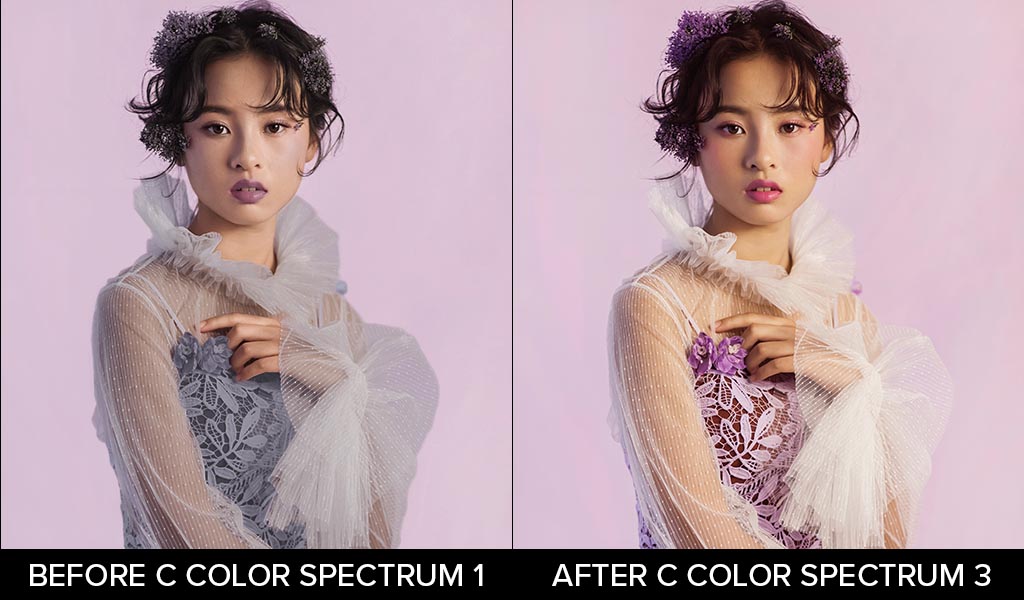 The After Photograph Displays Yellow Based Hair, Makeup, Wrap, And Dress, Resulting In C Color Spectrum 3
The After Photograph Displays Yellow Based Hair, Makeup, Wrap, And Dress, Resulting In C Color Spectrum 3
The key to the classification of all colors is the temperature: cool or warm, saturation: less, more, or moderate, and predominant base of a primary color: blue, yellow, or red.
Take the C Color Quiz to discern your native desire for color and your C Color Spectrum, and then millions of colors are accessible.
During the C Color Quiz, you will be guided through a series of colored panels. Choose the colors that you are instantly and instinctively drawn toward. In other words, choose the first color per panel that catches your eye. By doing so, you are tapping into your immanent color propensities. Since the accurate results of the C Color Quiz are derived from intuitive choices, not thought choices, thinking about your color selections will skew the outcome.
Due to this reason, receiving a Personal C Color Analysis differs from all others on the market.
The efficacy of the C Color Quiz is 99.8%. We do not guarantee hundred percent efficacy, as clients may not consistently follow their latent preferences or intuition throughout the C Color Quiz.
Below is the first example of how individuals from each of the four C Color Spectrums can wear purple colors.
Please note that clothing and accessory colors are for reference only and do not represent the models’ C Color Spectrums.
NOTE: THIS COMPOSITE IS BEING UPDATED FOR COLOR ACCURACY
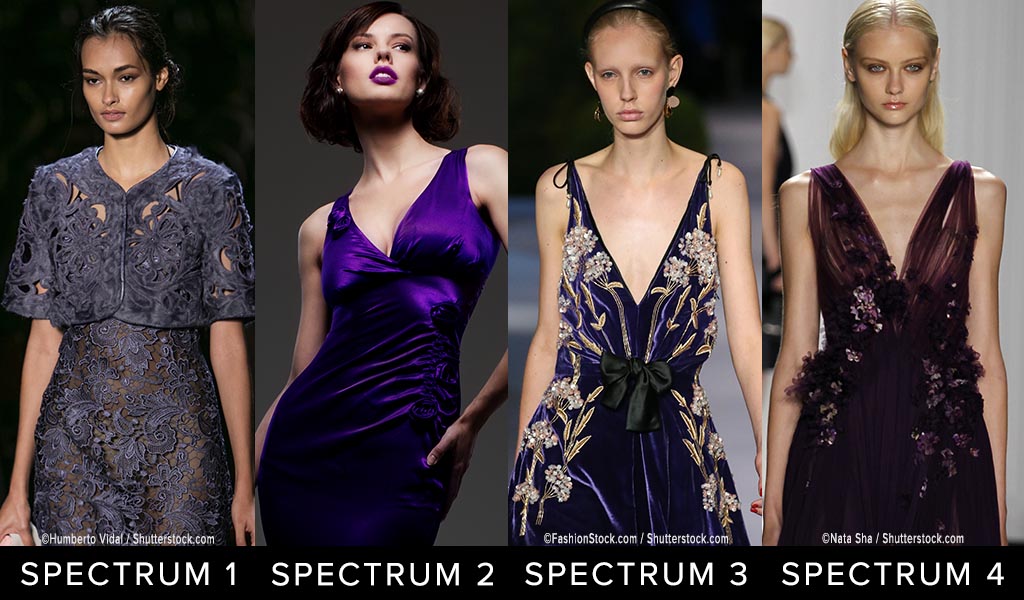 UTILIZE THE C COLOR APP TO CONFIRM YOUR C COLOR SPECTRUM COLORS
UTILIZE THE C COLOR APP TO CONFIRM YOUR C COLOR SPECTRUM COLORS
Notice the differences in the four C Color Spectrums:
- C Color Spectrum 1 Purple is Cool Blue Based, Less Saturated, Appears Rubbed with Ash
- C Color Spectrum 2 Purple is Cool Blue Based, More Saturated
- C Color Spectrum 3 Purple is Warm Yellow Based, Moderately Saturated
- C Color Spectrum 4 Purple is Warm Red Based, Less Saturated, Appears Rubbed with Earth
The key to the classification of all colors is the temperature, saturation, and predominant base of one of the primary colors of blue, yellow, or red.
After your C Color Spectrum® is determined, avail yourself of the C Color App to identify if clothing colors, cosmetic colors, hair colors, décor colors, furniture colors, paint colors, and all else are within your C Color Spectrum.
Simply take a photo of an object that you are considering to verify whether or not the merchandise is within your C Color Spectrum.
- All colors contain numerous colors; accordingly, it is imperative to photograph the item of interest at a distance and to color correct the photograph with the Lighting and Filters features.
- The photographed color must match the color of the actual item that the eyes see.
- Once the above two steps are completed, choose a zoomed in section of the pure color, even if blurred to match, and the C Color App will reveal whether or not the color is within your C Color Spectrum®.
- The built-in capability of the Smartphone to lighten or darken the photograph can be used, if necessary.
- Avoid bright areas and shadowed areas, as those conditions can affect the color match.
The zooming capacity of the C Color Matching Technology has been embellished to allow for greater accuracy. This improvement ensures that the purest color of the article to be matched can be identified more proficiently and opportunely.
The C Color App has been upgraded to include a color matching Instructional Video, C Color Courses, C Color E-Books, and C Color Spectrum Virtual Color Galleries.
C Color Spectrum Virtual Color Galleries within the C Color App were developed as a vantage point for you from which to better understand the colors within your C Color Spectrum.
The C Color App is a comprehensive color palette that identifies the limitless number of colors that are available to you. These colors are all from within your C Color Spectrum. Appropriately, the C Color Spectrum Virtual Color Galleries are supplemental to the C Color App.
Please be sure to visit the C Color Website.
The refreshed C Color Website includes a plethora of engaging content, simple navigability, and instructive visuals representative of each C Color Spectrum.
C Color® has an online store to further direct you in your endeavor with colors.
C COLOR COORDINATES
Interchangeable Colors And Patterns In Your C Color Spectrum Developed As Examples For Fashion And Décor
Prerequisite: C Color Quiz
Palettes are supplemental to the C Color App
Below is the second example of how individuals from each of the four C Color Spectrums can wear purple colors.
Please note that clothing and accessory colors are for reference only and do not represent the models’ C Color Spectrums.
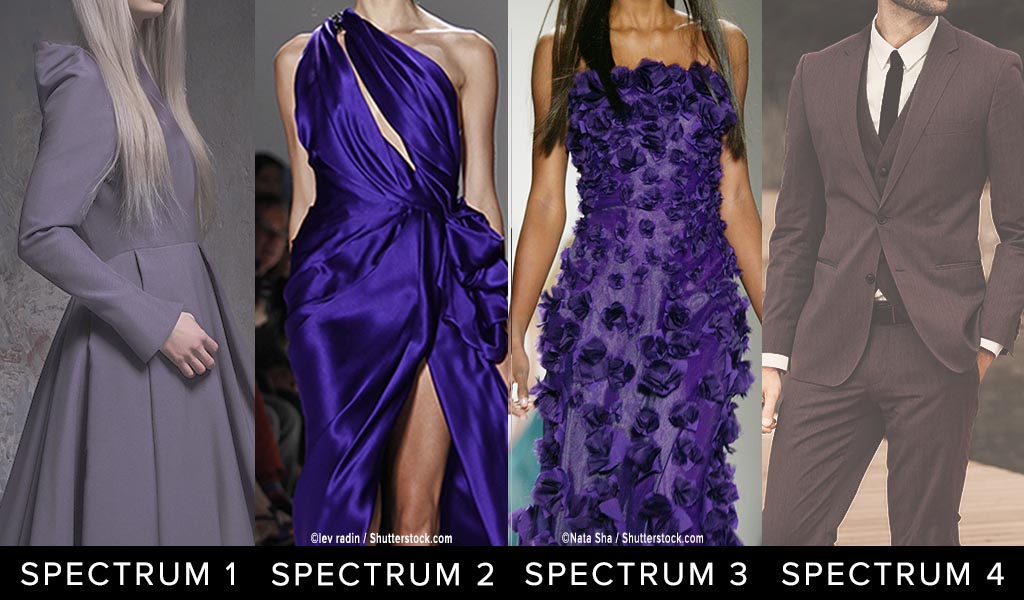 UTILIZE THE C COLOR APP TO CONFIRM YOUR C COLOR SPECTRUM COLORS
UTILIZE THE C COLOR APP TO CONFIRM YOUR C COLOR SPECTRUM COLORS
Notice the differences in the four C Color Spectrums:
- C Color Spectrum 1 Purple is Cool Blue Based, Less Saturated, Appears Rubbed with Ash
- C Color Spectrum 2 Purple is Cool Blue Based, More Saturated
- C Color Spectrum 3 Purple is Warm Yellow Based, Moderately Saturated
- C Color Spectrum 4 Purple is Warm Red Based, Less Saturated, Appears Rubbed with Earth
The key to the classification of all colors is the temperature, saturation, and predominant base of one of the primary colors of blue, yellow, or red.
Browse the C Color Website and C Color Blog Posts for a colorful experience and inspiration regarding all things color.
C Color is an Amazon Influencer. The products offered in the C Color Blog Post are certified to be within C Color Spectrum 3.
C COLOR CURATED PRODUCTS
Coordinated And Interchangeable Products In C Color Spectrum 3
If products are unavailable, Amazon will suggest substitute products. The C Color App will verify if these products are within your C Color Spectrum.
As an Amazon Influencer, C Color earns from qualifying purchases.
Once you employ the C Color® Methodology, your clothing, jewelry, scarves, belts, handbags, shoes, and everything else will synchronize harmoniously with one another; therefore, no time is wasted deciding if your ensembles integrate or if the colors appear flattering on you. Additionally, you will no longer have to limit your wardrobe color options or rely on misleading or confusing color advice.
You can apply C Color® to every aspect of your life, including your home, office, automobile, interiors/exteriors, and more. Since there are a myriad of colors in the world, why limit your color transformation to clothing?
The C Color App, as the 21st Century Palette and Color Consultant, is the expert Eye that meets your color needs, answers your color questions, assists you in color decision making, and saves you thousands of dollars by eliminating misguided color choices.
C Color gives you the ability to express your natural self and can enable you can Look, Think, Feel, Act, Learn and Heal, Your Best.
Discover Your Optimal Colors And Gain Expert Color Advice With The C Color App
C Color® conquers the color conundrum and teaches you to implement color to successfully portray your true essence!
Look and feel prettier or more handsome; enjoy glowing skin; receive compliments; gain confidence; and garner color confidence.
C Color Gets You There!
Remember: Hair, Eye, and Skin Colors Don’t Matter
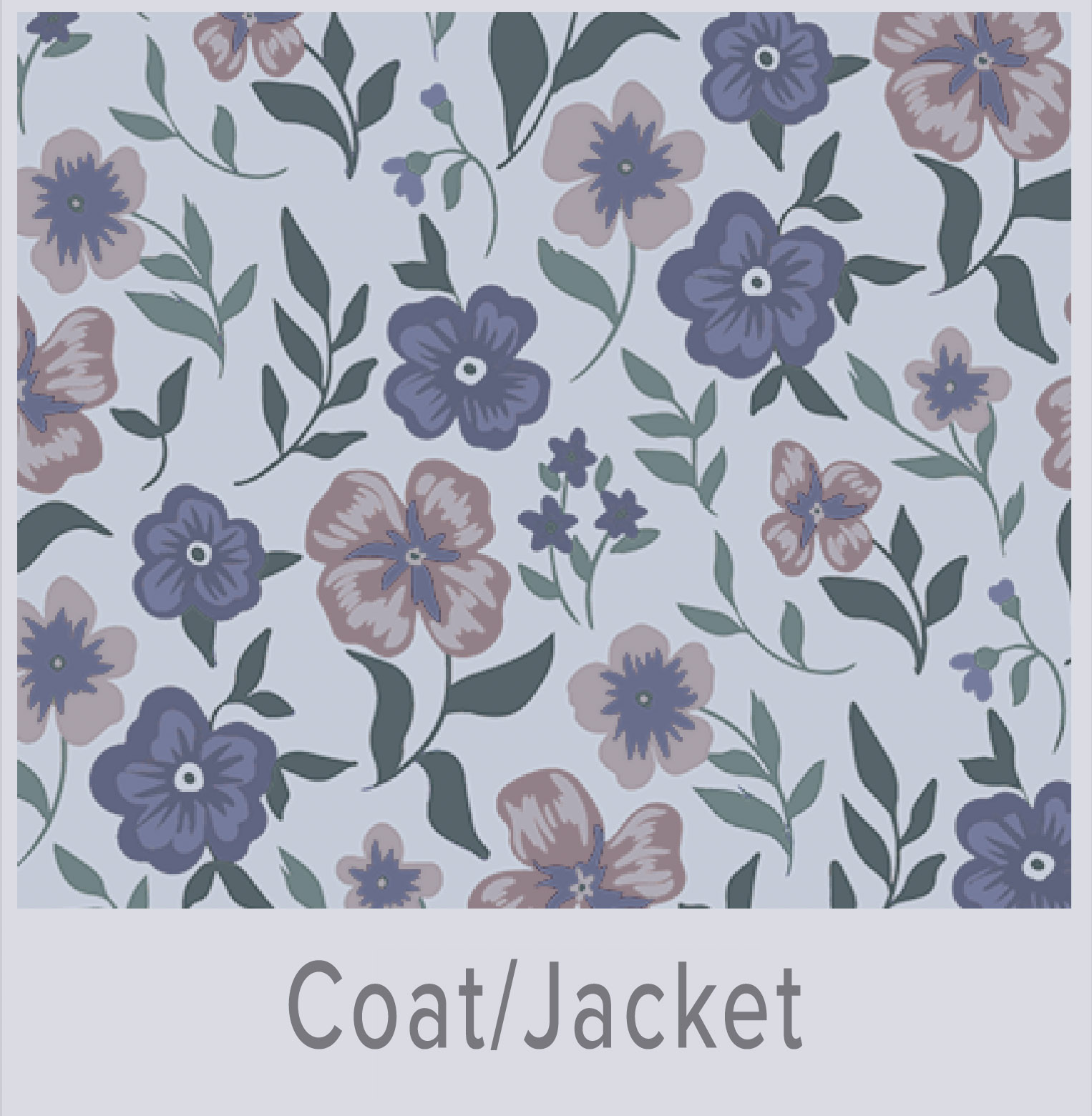 Shop C Color Spectrum 1
Shop C Color Spectrum 1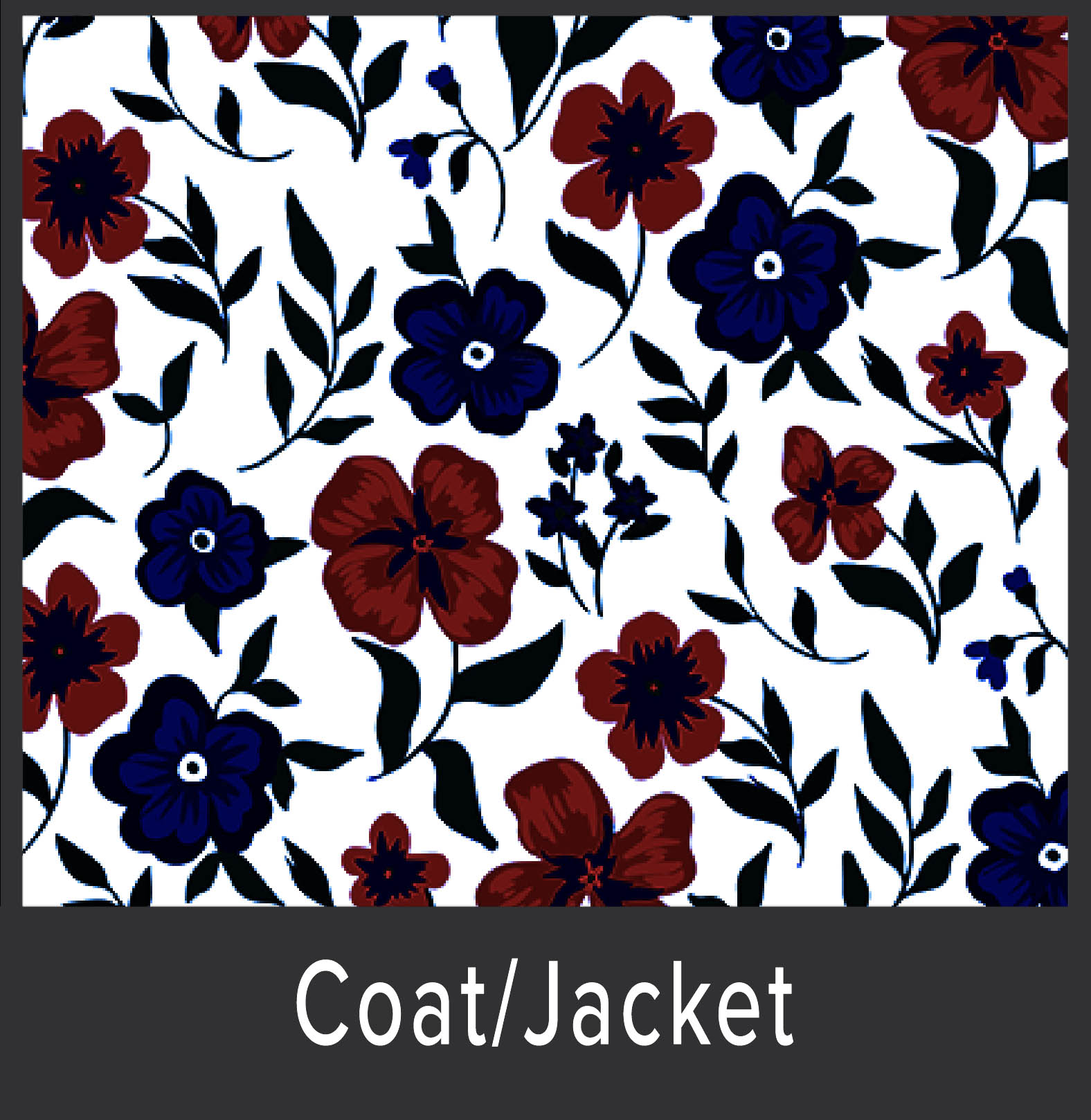 Shop C Color Spectrum 2
Shop C Color Spectrum 2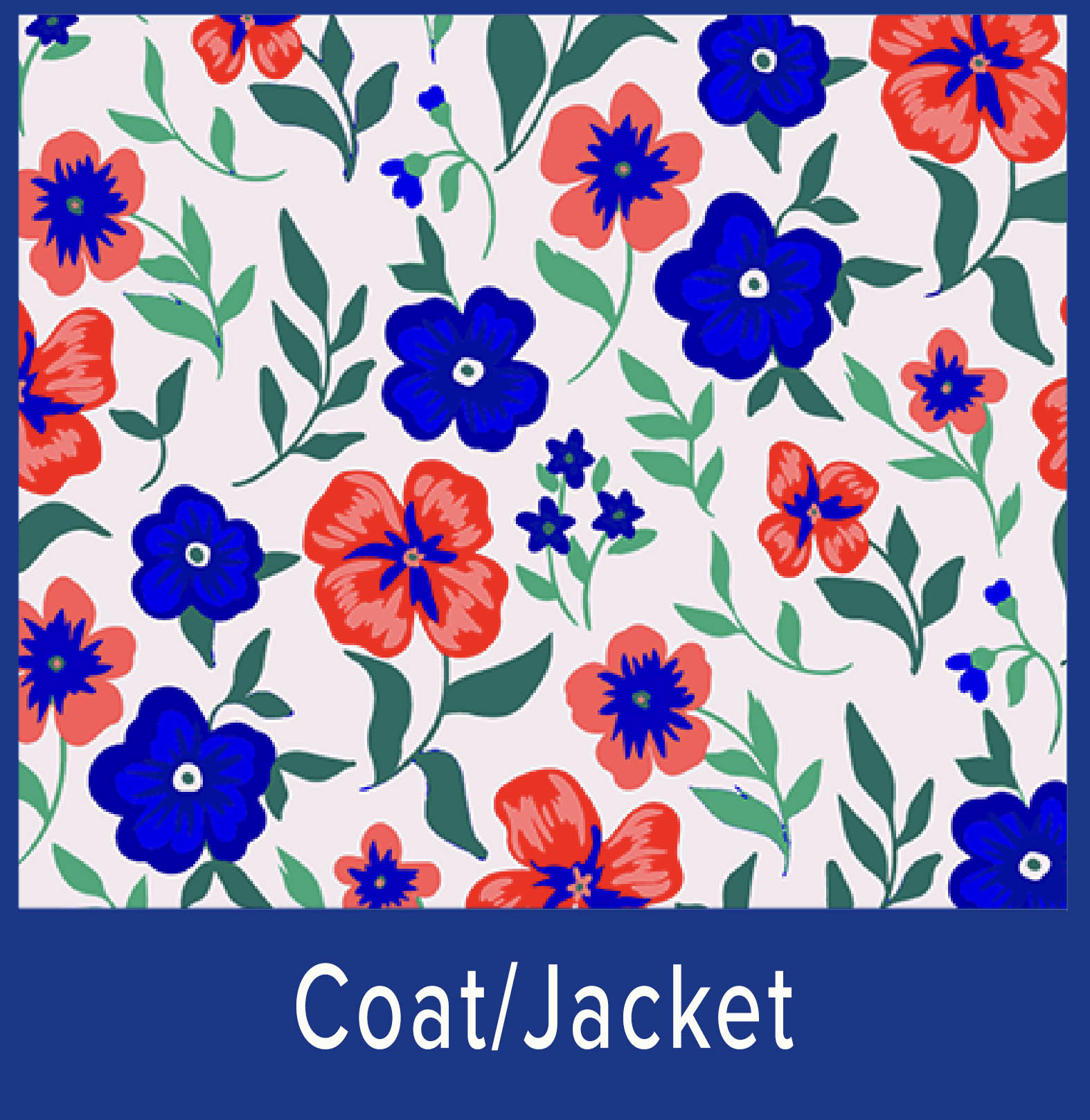 Shop C Color Spectrum 3
Shop C Color Spectrum 3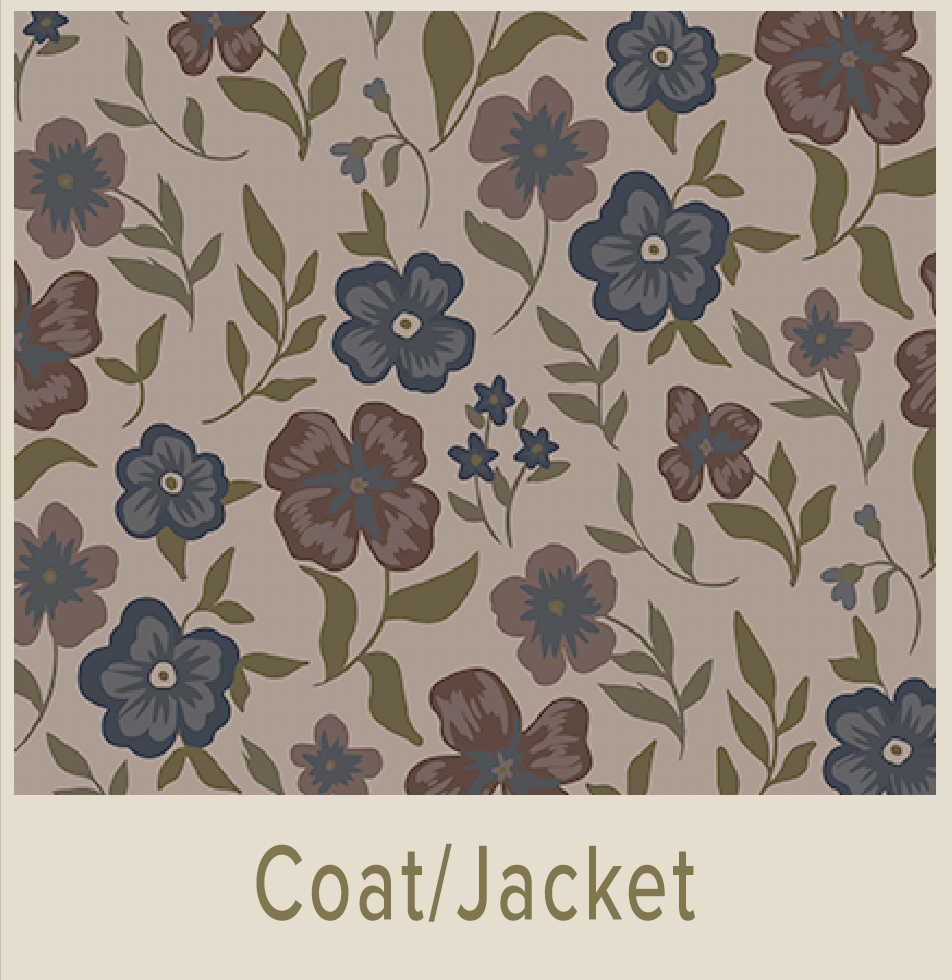 Shop C Color Spectrum 4
Shop C Color Spectrum 4